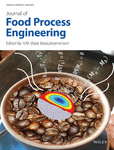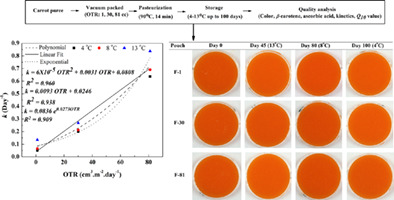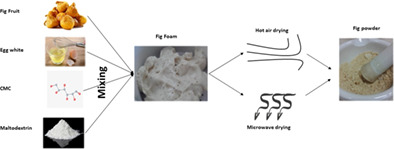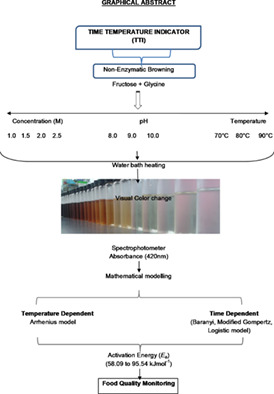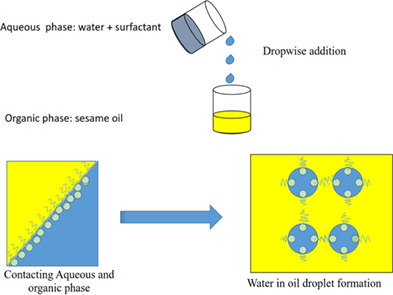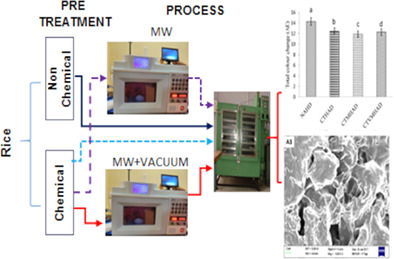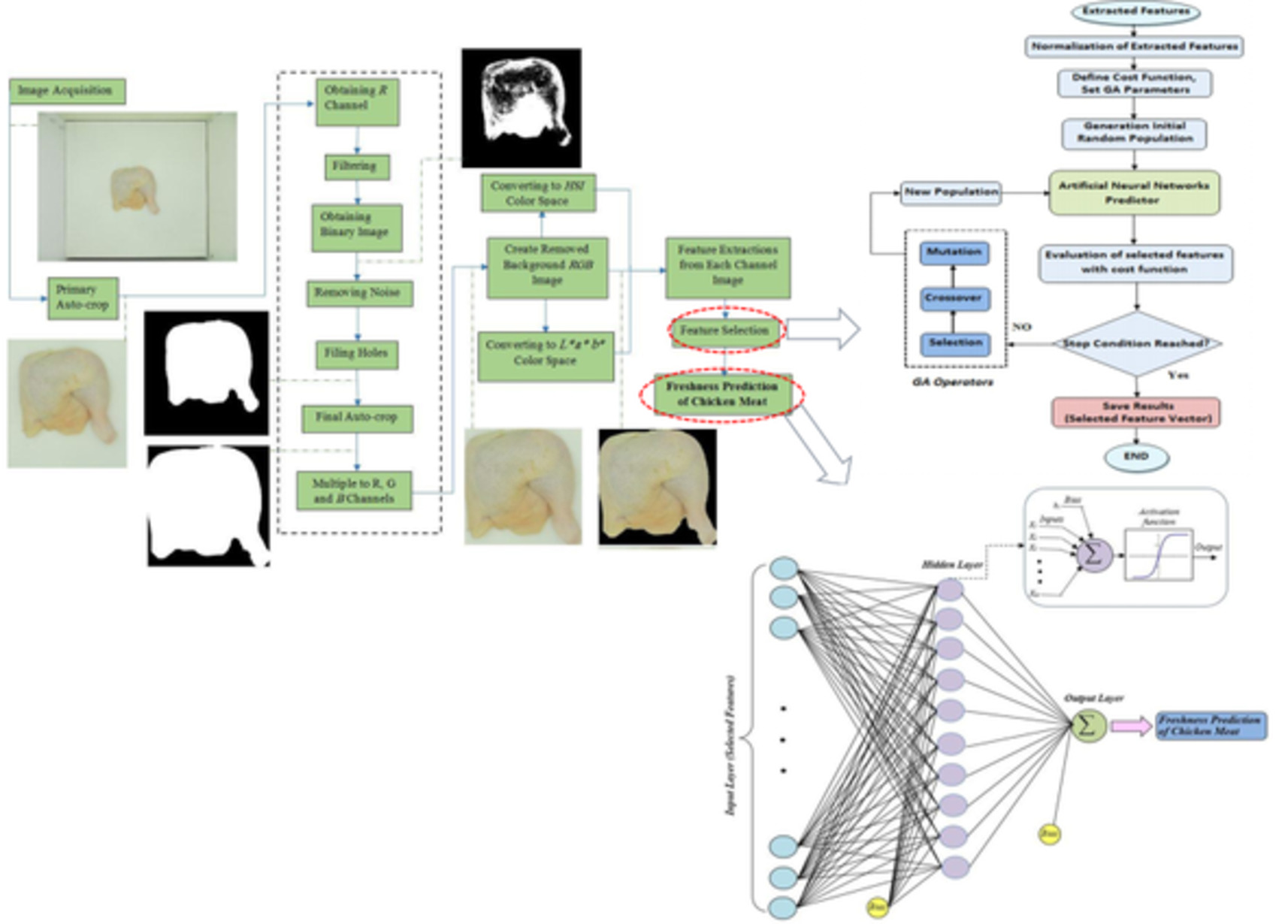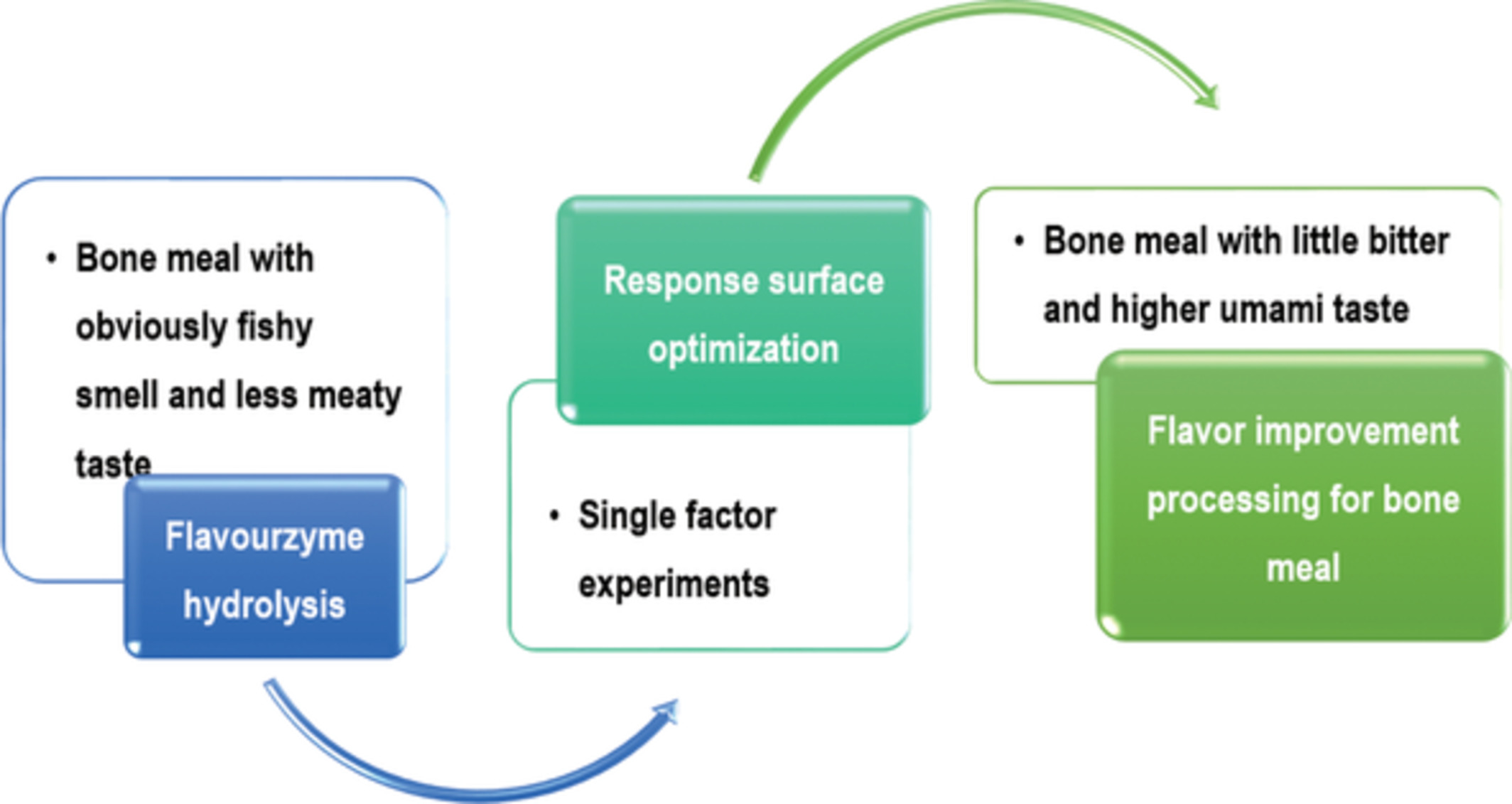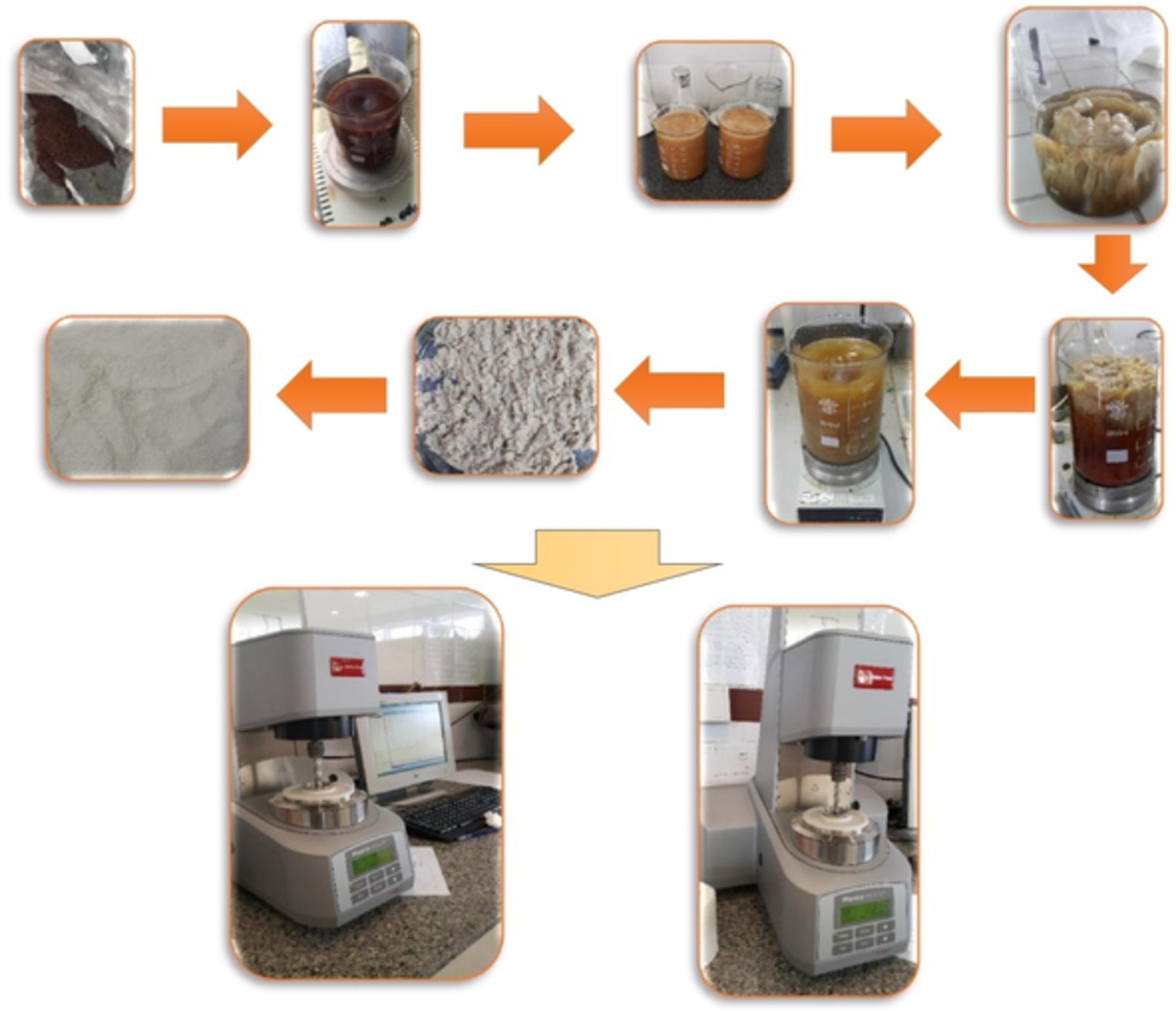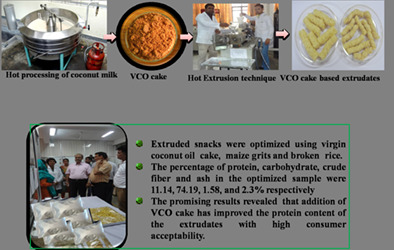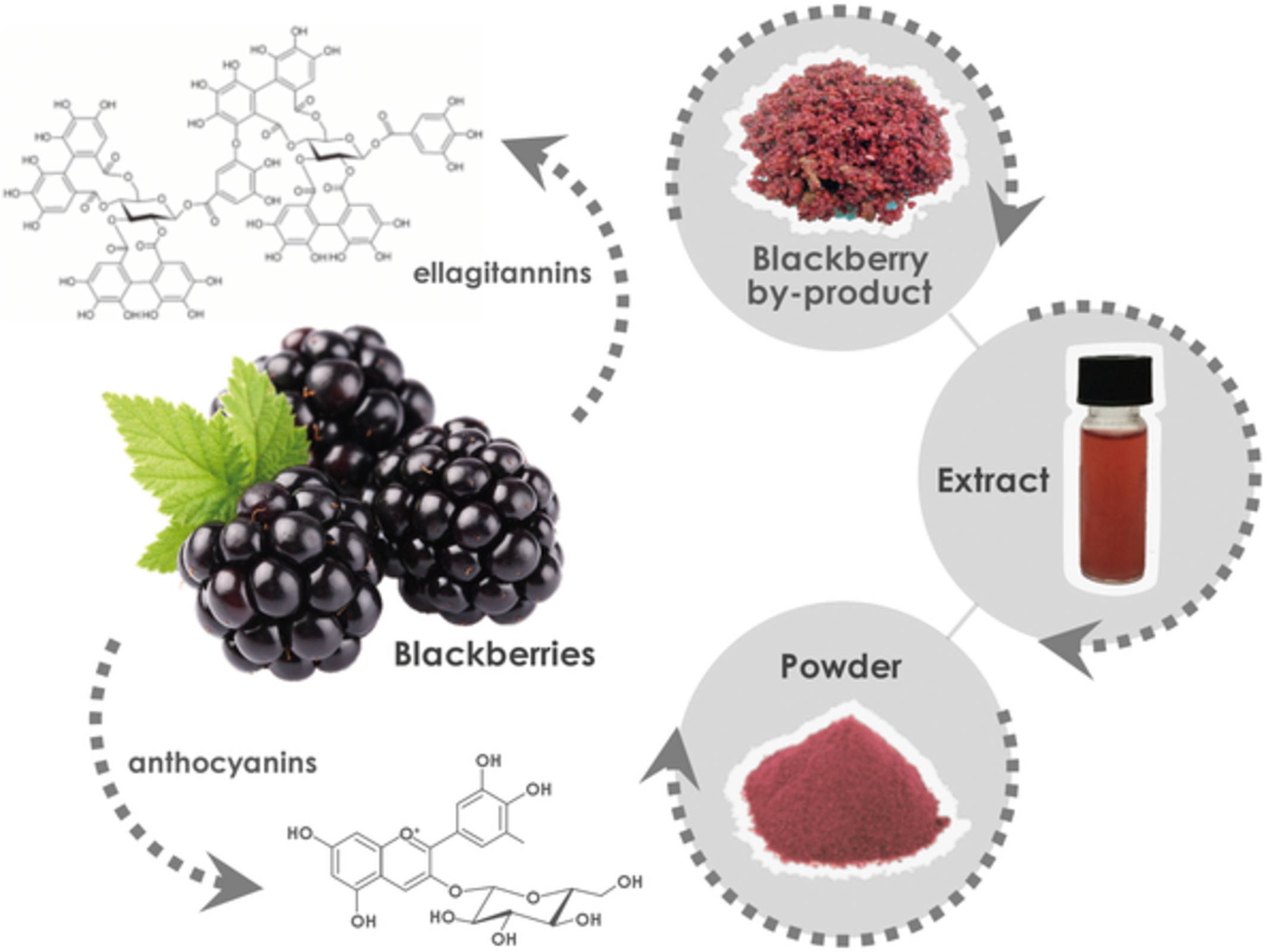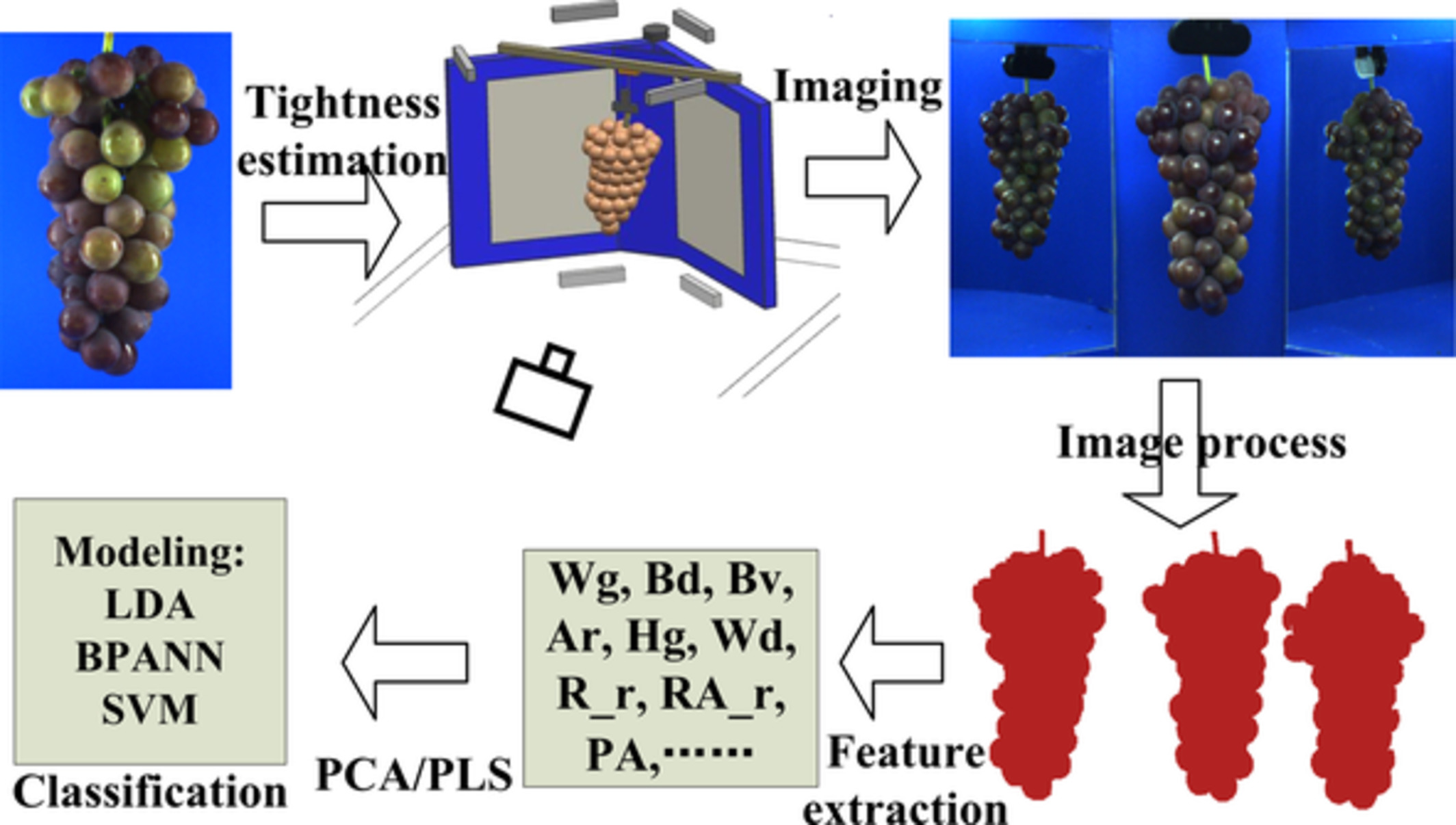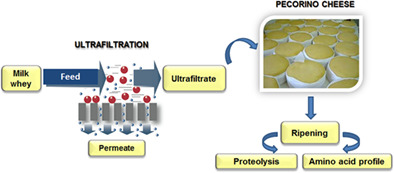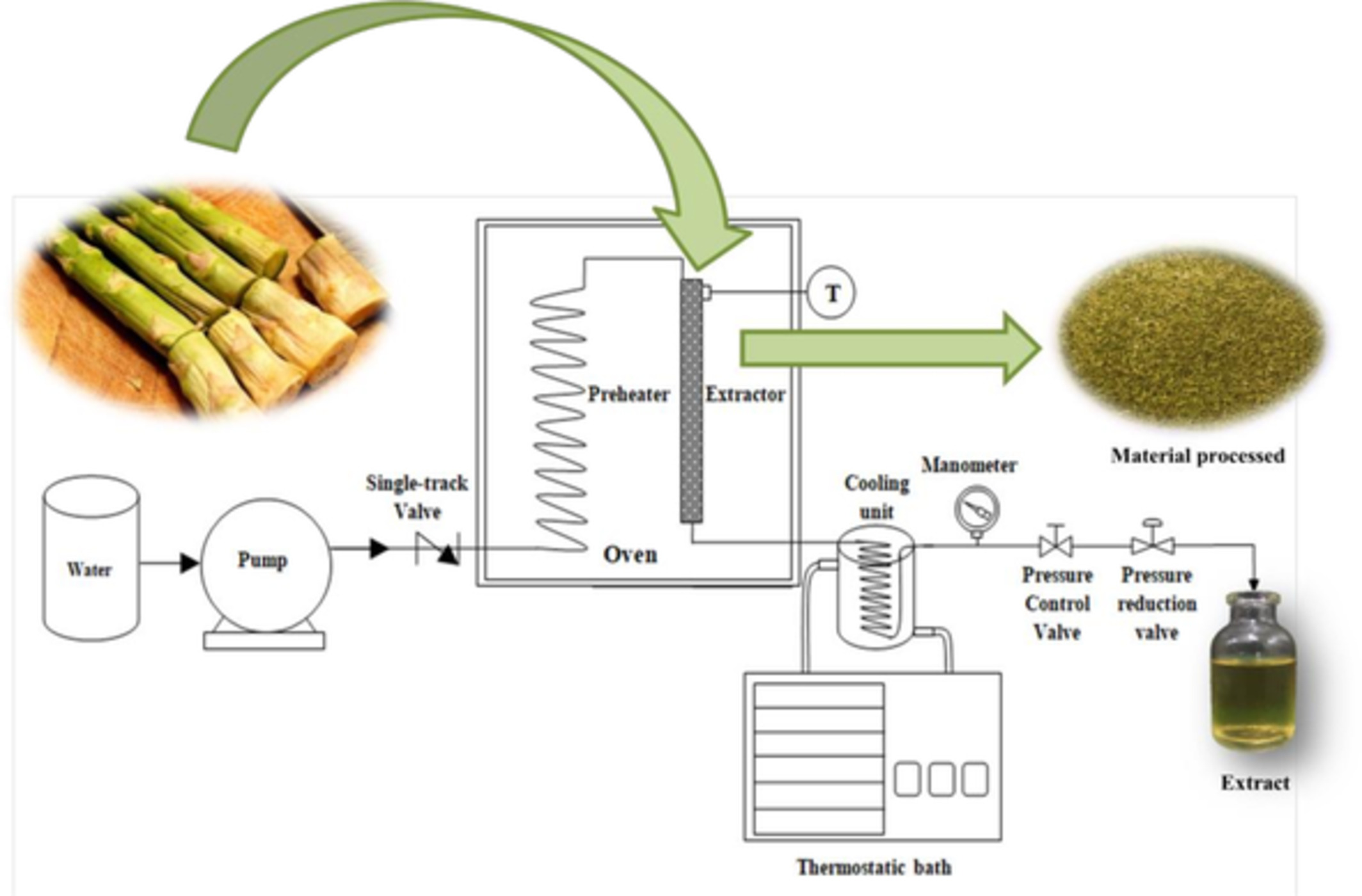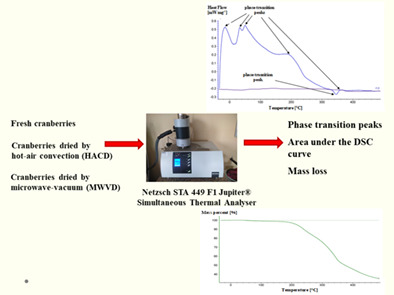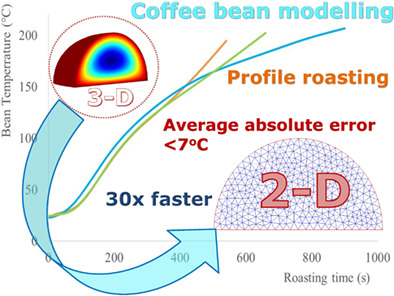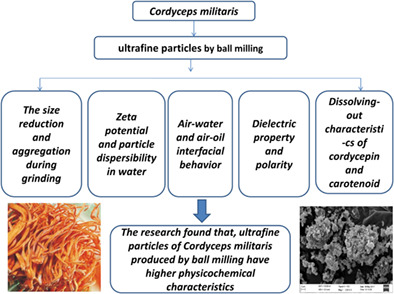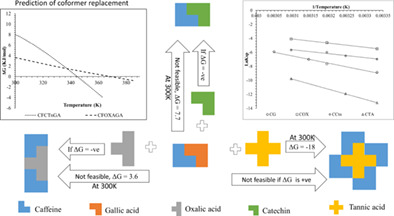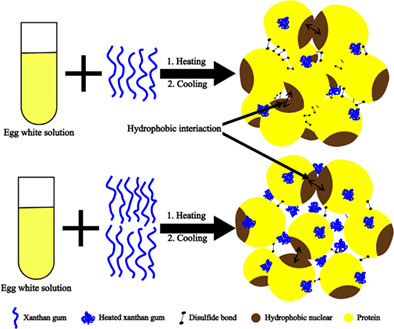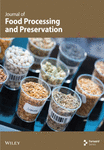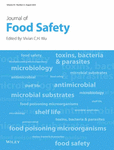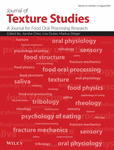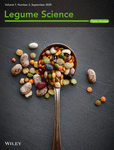Journal list menu
Export Citations
Download PDFs
COVER IMAGE
Cover Image, Volume 42, Issue 4
- First Published: 25 June 2019
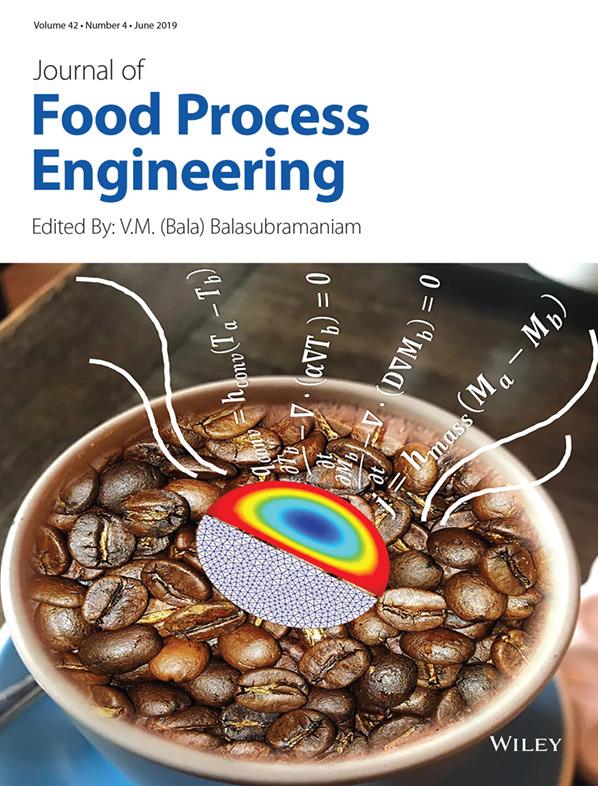
The cover image is based on the Original Article Development of a novel 2D single coffee bean model and comparison with a 3D model under varying heating profiles by Nur Hamizah Abdul Ghani et al., DOI: 10.1111/jfpe.13063.
Cover Image, Volume 42, Issue 4
- First Published: 25 June 2019
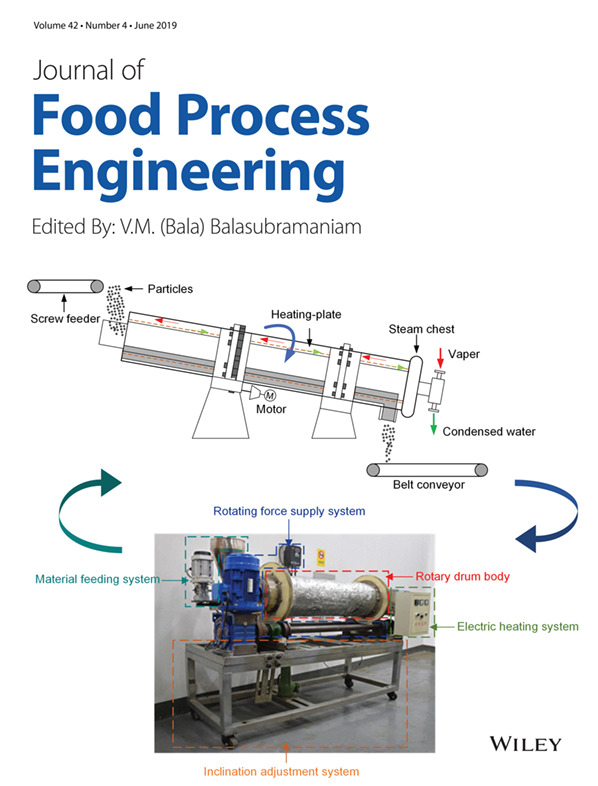
The cover image is based on the Original Article Experimental study on drying characteristic of corncob in plate rotary heat exchanger by Chonggang Qi et al., DOI: 10.1111/jfpe.13059.
ISSUE INFORMATION
ORIGINAL ARTICLES
UV-C treatment on the safety of skim milk: Effect on microbial inactivation and cytotoxicity evaluation
- First Published: 19 November 2018
Design and development of rapid and environment friendly conditioner for cashew nut processing
- First Published: 11 April 2019
Stability of color, β-carotene, and ascorbic acid in thermally pasteurized carrot puree to the storage temperature and gas barrier properties of selected packaging films
- First Published: 22 April 2019
Solar drying kinetics and bioactive compounds of blackberry (Rubus fruticosus)
- First Published: 31 January 2019
Determination of transport properties and mechanistic modeling of the coupled salt and water transport during osmotic dehydration of salmon induced by dry salting
- First Published: 20 February 2019
Thin layer drying kinetics of Banana var. Monthan (ABB): Influence of convective drying on nutritional quality, microstructure, thermal properties, color, and sensory characteristics
- First Published: 11 February 2019
Effect of microwave power on drying kinetics, structure, color, and antioxidant activities of corncob
- First Published: 06 February 2019
Foam mat drying of fig fruit: Optimization of foam composition and physicochemical properties of fig powder
- First Published: 08 February 2019
In vitro inhibitory effect of tea extracts on starch digestibility
- First Published: 22 February 2019
The effect of spray drying conditions on physicochemical properties of encapsulated propolis powder
- First Published: 10 February 2019
Effects of radio frequency, air and water tempering, and different end-point tempering temperatures on pork quality
- First Published: 25 February 2019
Development and characterization of a new nonenzymatic colored time–temperature indicator
- First Published: 15 February 2019
Optimization of pulsed electric field-assisted oil extraction from cannabis seeds
- First Published: 17 February 2019
Evaluation of sensory, textural, and nutritional attributes of shiitake mushrooms (Lentinula edodes) as prepared by five types of drying methods
- First Published: 17 February 2019
Shrinkage and rehydration characteristics of vacuum assisted microwave dried green bell pepper
- First Published: 15 February 2019
Modeling, simulation, and analysis of a soybean meal desolventizing equipment
- First Published: 19 February 2019
This study presents a mathematical modeling for the simulation of the desolventizing process occurring in a Desolventizier-Toaster (DT) equipment. The development model can be used to optimize the desolventization process, with respect to the recovery of Hexane and the use of energy. The comparision of the results obtained from the simulation of the proposed model and the data of a real DT does not reach 8%.
Preparation and characterization of water in sesame oil microemulsion by spontaneous method
- First Published: 25 February 2019
A novel numerical approach for modeling the coagulation phenomenon in egg white
- First Published: 12 March 2019
Enzyme inactivation and evaluation of physicochemical properties, sugar and phenolic profile changes in cloudy apple juices after high pressure processing, and subsequent refrigerated storage
- First Published: 12 March 2019
Effects of various thermal processing methods on the shelf-life and product quality of vacuum-packaged braised beef
- First Published: 19 February 2019
Discrimination of aged rice using colorimetric sensor array combined with volatile organic compounds
- First Published: 04 March 2019
Effect of combined microwave, hot air, and vacuum treatments on cooking characteristics of rice
- First Published: 27 February 2019
A nondestructive intelligent approach to real-time evaluation of chicken meat freshness based on computer vision technique
- First Published: 05 March 2019
Improving the flavor of microbone meal with Flavourzyme by response surface method
- First Published: 27 February 2019
Automated discrimination of deveined shrimps based on grayscale image parameters
- First Published: 24 March 2019
Optimization of ultrasonic-assisted enzymatic extraction of β-carotene from orange processing waste
- First Published: 18 March 2019
- This study evaluates ultrasound-assisted enzymatic extraction of β-carotene.
- Optimum treatment was 0.40% pectinase, 115.55 min ultrasonic time, and 5.11 pH.
- Optimum treatment led to maximum β-carotene of extract from orange waste powder.
- Scanning electronic images showed more β-carotene obtained from more porous structure.
- FTIR showed ultrasound and pectinase did not destroy functional groups of extracts.
Diffusion of polyphenols from alginate, alginate/chitosan, and alginate/inulin particles
- First Published: 05 March 2019
Performance comparison of mixed mode and indirect mode parallel flow forced convection solar driers for drying Curcuma zedoaria
- First Published: 28 March 2019
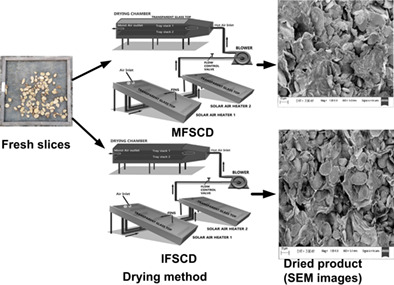
- Performances of MFSCD and IFSCD with OSD are compared for drying of white turmeric.
- Final moisture content was achieved in 24, 31, and 59 hr in MFSCD, IFSCD, and OSD.
- MFSCD saves about 60% of time compare to OSD for drying of white turmeric
- Specific energy consumptions of MFSCD and IFSCD are 2.84 kWh /kg and 3.15 kWh /kg.
- Presented antioxidants and TFC values of fresh, solar, and open sun samples.
Textural and structural characterization of extrudates from apple pomace, defatted soy flour and corn grits
- First Published: 18 March 2019
Comprehensive study of intrinsic viscosity, steady and oscillatory shear rheology of Barhang seed hydrocolloid in aqueous dispersions
- First Published: 01 April 2019
Optimization of processing variables for the development of virgin coconut oil cake based extruded snacks
- First Published: 02 April 2019
Experimental study and optimization of the extraction of Algerian date stones oil (Phoenix dactylifera L.) using supercritical carbon dioxide
- First Published: 28 March 2019
Effect of low-temperature vacuum frying assisted by microwave on the property of fish fillets (Aristichthys nobilis)
- First Published: 28 March 2019
Effect of ethanolic extraction, thermal vacuum concentration, ultrafiltration, and spray drying on polyphenolic compounds of tropical highland blackberry (Rubus adenotrichos Schltdl.) by-product
- First Published: 28 March 2019
Grading bunch tightness for grape by multiperspective imaging approach coupled with multivariate classification methods
- First Published: 29 March 2019
Optimizing precooling of large beef carcasses using a comprehensive computational fluid dynamics model
- First Published: 29 March 2019
Mathematical modeling of hydrodynamic properties of lime (Mexican lime)
- First Published: 15 April 2019
Effects of frequency on the electrical conductivity of whole shell egg components
- First Published: 03 April 2019
Sheep's milk concentration by ultrafiltration and cheese elaboration
- First Published: 04 April 2019
Experimental study on drying characteristic of corncob in plate rotary heat exchanger
- First Published: 05 April 2019
Effect of subcritical water processing on the extraction of compounds, composition, and functional properties of asparagus by-product
- First Published: 03 April 2019
Thermal properties of fresh and dried cranberry (Vaccinium macrocarpon) fruits determined by differential scanning calorimetry and thermogravimetric analysis
- First Published: 16 April 2019
Development of a novel 2D single coffee bean model and comparison with a 3D model under varying heating profiles
- First Published: 16 April 2019
Evaluation of extraction technologies and optimization of microwave and ultrasonic assisted consecutive extraction of phenolic antioxidants from winery byproducts
- First Published: 09 April 2019
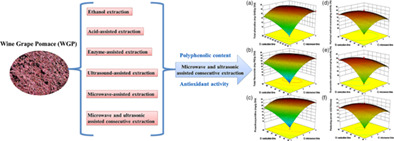
Acid, enzyme, ultrasonic, and microwave were used to assist extraction of polyphenols in grape pomace, skins, and seeds. The relationship among extraction technologies, polyphenolic content and antioxidant capacities was analyzed by principal component analysis (PCA). The effective extraction condition for specific target was optimized by response surface methodology.
Effect of ball milling time on physicochemical properties of Cordyceps militaris ultrafine particles
- First Published: 14 April 2019
Stability of co-crystals of caffeine with gallic acid in presence of coformers
- First Published: 15 April 2019
The impact of fruit softening on avocado cell microstructure changes monitored by electrical impedance and conductivity for cold-pressed oil extraction
- First Published: 11 April 2019
Evaluation of the efficacy of subcritical water to enhance the lipid fraction from activated sludge for biodiesel and oleochemicals production
- First Published: 22 April 2019
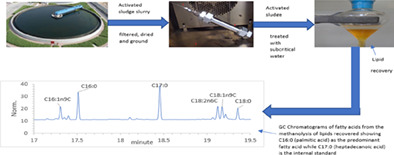
RESEARCH HIGHLIGHTS
- Greater amount of activated sludge biomass and lipids were recovered from the total suspended solid than total dissolved solid
- Subcritical water technology can be used to increase lipid yield from activated sludge
- An increase in lipid yield of 145% at the optimum conditions of 280°C, 40 min, 15 mL of water and biomass loading of 5% was obtained.
- Higher proportion of unsaturated fatty acid suggests that the biodiesel from the activated sludge would have a high quality.
Changes in texture and molecular forces of heated-induced egg white gel with adding xanthan gum
- First Published: 16 April 2019
Effect of dextran and enzymatically decomposed dextran on calcium carbonate precipitation
- First Published: 21 April 2019




